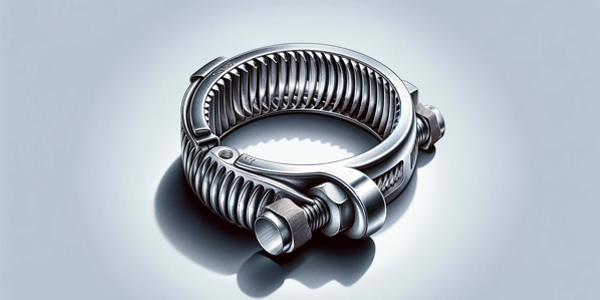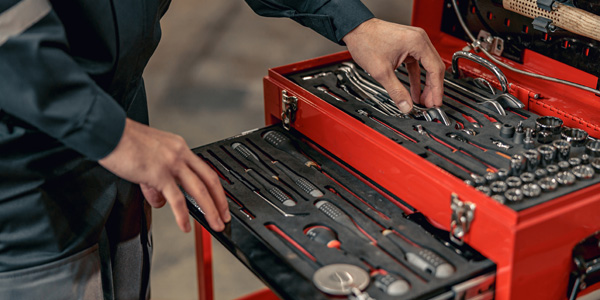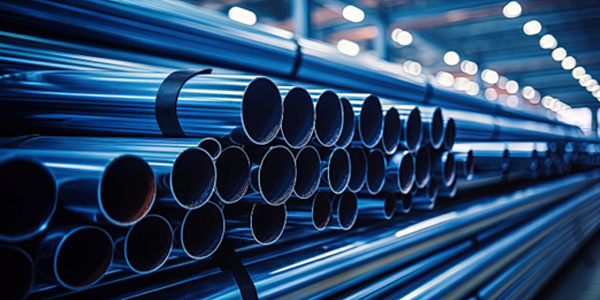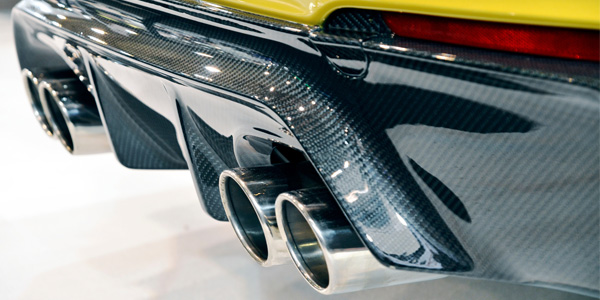Worm drive hose clamps are a ubiquitous component in many mechanical systems, serving a fundamental purpose: securely attaching and sealing a hose onto a fitting. Whether for automotive repairs, industrial applications, or home plumbing systems, understanding how worm drive hose clamps work can help ensure that they are used correctly and effectively.
What is a Worm Drive Hose Clamp?
A worm drive hose clamp, often simply called a hose clamp, consists of a metal band with a screw pattern cut or pressed into it, and a tightening screw that sits in a housing attached to one end of the band. When the screw is turned, it moves along the threads of the band, causing the band to tighten around a hose and ensuring a secure fit.
Key Features of Worm Drive Hose Clamps
Versatility: Worm drive hose clamps are adjustable, which makes them suitable for a wide range of hose sizes and types. They can be used to secure hoses in automotive cooling systems, household plumbing, and even in applications involving harsh chemicals or high pressures.
Durability: Typically made from stainless steel, worm drive hose clamps are designed to withstand harsh environments and provide a durable, long-lasting solution to hose attachment needs.
Uniform Pressure Distribution: Unlike some other types of clamps, worm drive hose clamps provide even pressure all around the hose. This prevents the hose from collapsing or becoming damaged under the clamp’s pressure, which is particularly important for soft hoses.
Overview
Worm drive hose clamps are a reliable and essential tool in many toolkit boxes. With their straightforward design and ease of use, they provide a strong, durable method to secure hoses across a multitude of applications.









